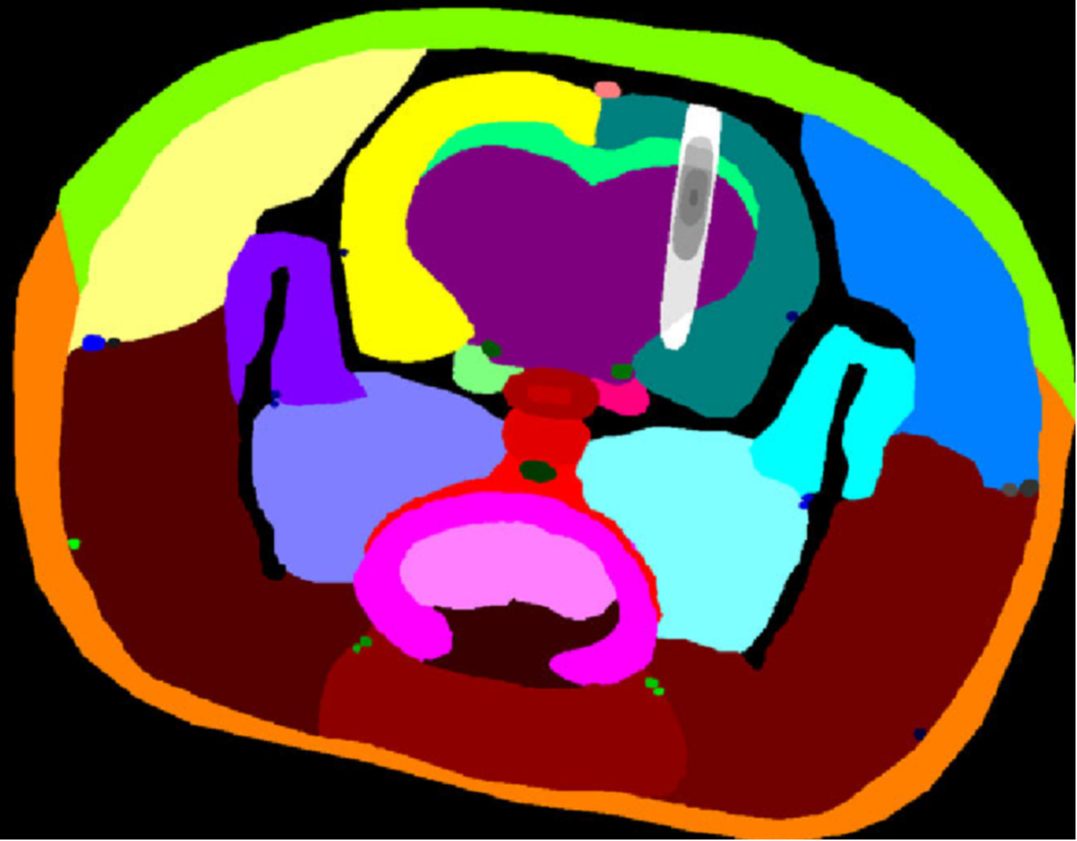New paper published!
We have published a new article called Focused Ultrasound-Induced Blood-Brain Barrier Opening: A Comparative Analysis of Permeability Quantification Based on Ktrans and PS in Magnetic Resonance in medicine.

Abstract
Purpose: Focused ultrasound-induced blood–brain barrier (BBB) opening is apromising method for neurotherapeutic delivery. The standard for quantifyinginduced BBB permeability is the Ktrans parameter, which reflects both perme-ability and plasma flow. The influence of plasma flow can be eliminated by esti-mating the PS parameter. However, this parameter has been largely unexploredin this application. This study aims to compare permeability estimates based onKtrans and PS in focused ultrasound–induced BBB opening experiments.
Methods: We used the extended Tofts model (ETM) and the two-compartmentexchange model (2CXM) to estimate Ktrans and PS parameters, respectively.Permeability estimates were compared using simulated concentration curves,simulated DCE-MRI data, and real datasets. We explored the influence ofspatially-regularized model fitting on the results.
Results: For opened BBB, Ktrans was minimally influenced by plasma flow underthe tested conditions. However, fitting the ETM often introduced outliers inKtrans estimates in regions with closed BBB. The 2CXM outperformed the ETMat high signal-to-noise ratios, but its higher complexity led to lower precision atlow signal-to-noise ratios. Both these issues were successfully compensated byspatially-regularized model fitting.
Conclusion: Both Ktrans and PS seem to be eligible options for the quantifi-cation of BBB opening, and the correct choice depends on the specifics of theacquired DCE-MRI data. Additionally, spatial regularization has demonstratedits importance in enhancing the accuracy and reproducibility of results for bothmodels